We can't find the internet
Attempting to reconnect
Something went wrong!
Hang in there while we get back on track
BEAM

The underlying technology of Erlang and BEAM is pivotal in various realms of modern software engineering, from networking and web development to machine learning and security. Contributing to the richness of the BEAM ecosystem, Erlang OTP team members discuss the intricacies of the language and libraries that power scalable, fault-tolerant applications. Parallelly, discussions within the Elixir community, particularly through Beam Radio, highlight Elixir's functional programming elegance, its concurrency models, and tools like Phoenix LiveView that are revolutionizing web development.
Elixir's capabilities are empowering developers to build complex, efficient systems with ease. The application of BEAM technologies spans across industries, with particular note in the fields of machine learning, where libraries like Nx and FLAME are posited as formidable alternatives in elastic workloads. In financial services, Erlang and Elixir's real-time processing and fault tolerance are underlined as key enablers.
Contributors enthusiastically share their experiences, ranging from Ash Framework's proponents elucidating its advantages for Elixir development to the exploration of security in Elixir coding practices and the use of tools safeguarding the codebase. Security experts discuss crucial aspects such as code security prioritization and elucidate on practices that strengthen application defenses within the ecosystem. The community also delves into the deployment of Elixir applications on a global scale, where developers leverage platforms like Fly.io to distribute applications across the world with minimal logistics.
Observability features unique to the BEAM runtime are discussed, paired with insights into networking solutions that benefit from BEAM's robust architecture for handling connections and building resilient systems. The BEAM community celebrates its continuous adaptation and integration of cutting-edge solutions like the Nerves Project for embedded systems and the utilization of pattern-matching for high-performance text and name search features in databases like Postgres, often as replacements for technologies like Elasticsearch.
The Elixir community is vibrant with ongoing discourse about state handling, concurrency, distributed systems, and the BEAM's potential beyond its current applications. Dynamic discussions at conferences, such as ElixirConf, delve into topics like asset portfolio optimization and real-time product development, highlighting the BEAM's versatility. Learning and knowledge sharing are cornerstones of the community, with engagements ranging from hosting informative episodes on dependency management to utilizing frameworks that integrate effortlessly with Elixir, among other best practices.
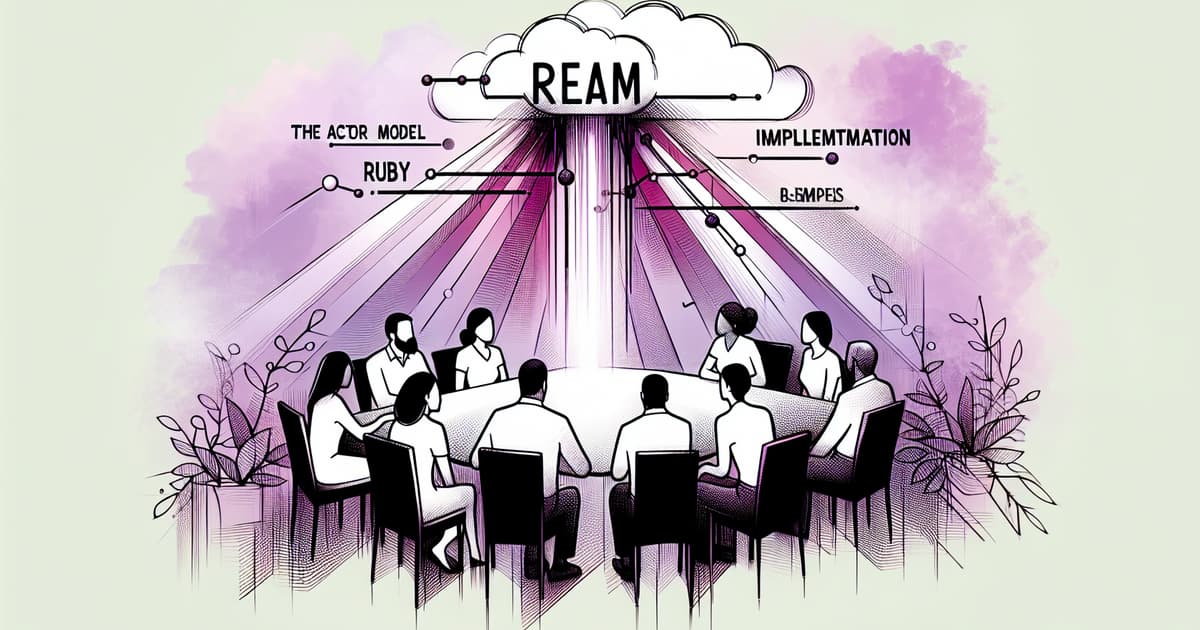
Discussion on Ruby's Actor Model Implementation and the BEAM
Steven Nunez discusses Ruby's new actor model implementation, its strengths, and areas where it can learn from the BEAM. The episode features a guest appearance from the show’s youngest listener.

Discussion on Building with Elixir and BEAM by Lars Wikman
In this episode, Lars discusses the importance of building things the right way with Elixir and BEAM.

Exploring Elixir and BEAM Magic with Quinn Wilton
Quinn Wilton discusses her journey with Elixir, her unique path into programming, and her appreciation for different programming languages.

Interview with the Youngest Contributor to Beam Radio
Beam Radio presents an episode titled 'Our Youngest Contributor', focusing on their youngest participant and their involvement.

Final Episode of BEAM Magic with Amos King
SmartLogic's podcast season finale features Amos King discussing experiences, challenges as a CEO, and insights into BEAM Magic.

Teaching Elixir and Functional Programming with Chris Miller and Andre Bryan
Hosts Chris Miller and Andre Bryan discuss their experiences teaching and promoting Elixir and functional programming.

Discussion on the Benefits of Learning Multiple Programming Languages
Guest: @MarlusSaraiva, Creator of Broadway, ElixirSense, and Surface, discusses the benefits of learning multiple programming languages. Tune in to the full conversation on episode #11.

Interview with Bryan Hunter on BEAM capabilities and learning Elixir
The Beam Radio Team chats with Bryan Hunter about the potential of BEAM and addresses a question about learning Elixir.

Discussion with Marlus Saraiva on LiveView
Beam Radio team speaks with Marlus Saraiva, discussing his work and contributions such as Broadway, ElixirSense, and Surface.

Convincing Your Organization to Adopt Elixir
Nikos Maroulis and Joel Kemp discuss strategies on how to pitch the BEAM to your organization and create grassroots support for Elixir.
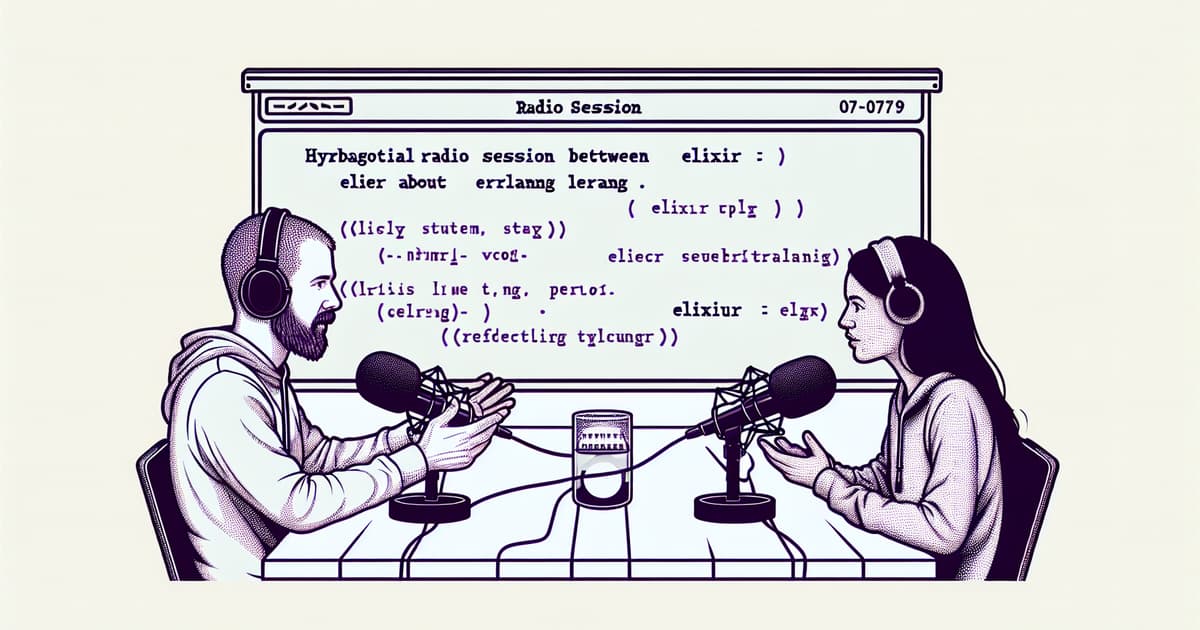
Beam Radio's Discussion with Quinn Wilton on Elixir and Erlang
The Beam Radio team talks Elixir and Erlang with Quinn Wilton. Follow her on Twitter at @wilton_quinn.

Interview with Jerod Santo on Living with Elixir
This episode features an interview with Jerod Santo from Changelog.com, discussing his experiences with Elixir, hosted by Lars.
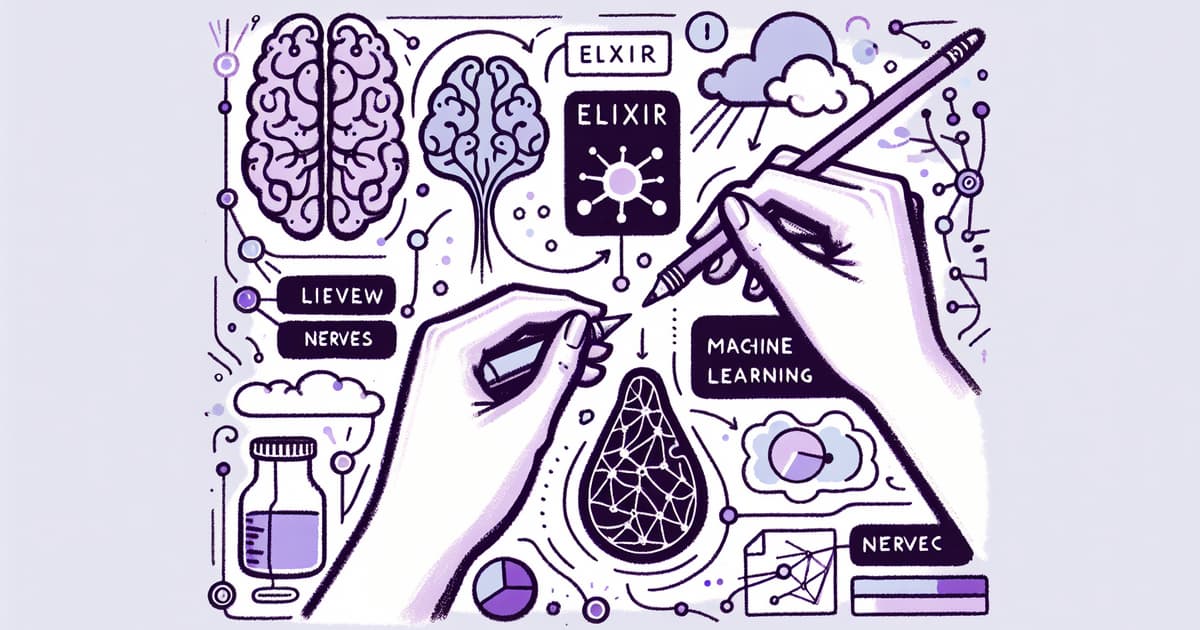
Exploring Elixir, LiveView, Nerves, and Machine Learning
Hosts discuss LiveView, Nerves, and Machine Learning within the BEAM ecosystem.
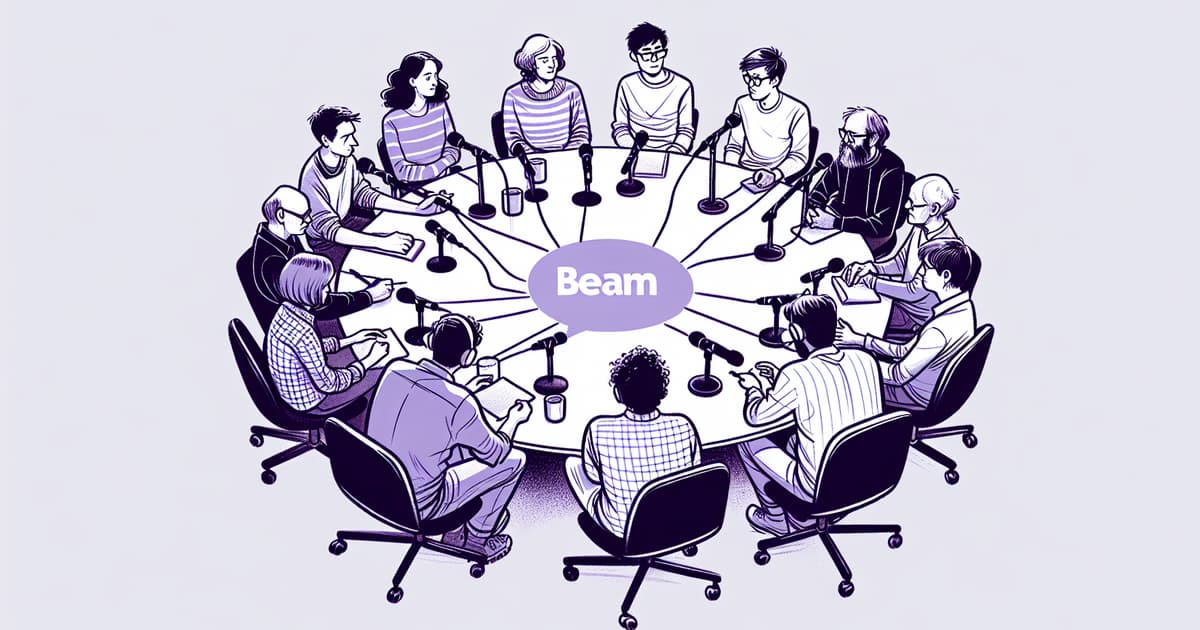
Round Robin AMA Session with Beam Radio Hosts
Beam Radio hosts conduct a round robin 'Ask Me Anything' session where they discuss various topics including The Great Loop, LiveBook, live streaming, and more.

Exploring Curiosity in the Elixir Community
Brooklin Myers discusses the importance of curiosity in the field of Elixir programming in this podcast episode.

Discussion on Elixir with Bowery Farms on Beam Radio
In this episode of Beam Radio, the hosts discuss the Elixir programming language with representatives from Bowery Farms.

Discussion on MJML EEX, Rust, Surface, and LiveView
The Beam Radio team discusses a range of topics including MJML EEX, Rust, Surface, and Phoenix LiveView.

Discussion on eqWAlizer with Ilya Klyuchnikov
BeamRadio talks with Ilya Klyuchnikov about eqWAlizer, a tool related to the BEAM ecosystem.

Exploring Server-less Architecture and Programmable Infrastructure
Markus Kuhnt & Alexey Nikitin discuss their journey with programmable infrastructure at ElixirConf EU 2024, focusing on their company's product, Hellgate, and its use of server-less architecture.

Using Elixir and BEAM for Constraint Programming
Boris Okner discusses constraint programming and its use cases, demonstrating its power through combinatorial problems such as the subset sum, traveling salesman, and more using the BEAM platform.

Understanding and Resolving Memory Issues in Elixir on the BEAM
Anton Frolov discusses memory handling in Elixir, especially focusing on debugging memory issues within the BEAM virtual machine. The talk covers specific memory management strategies, common pitfalls, and practical debugging techniques.

Elixir's Machine Learning Capabilities for Production Environments
Christopher Grainger provides insights into the production-readiness of machine learning in the Elixir ecosystem, emphasizing deep integration with BEAM and OTP.

Exploring the Benefits of Elixir for Everyday Web Development
Dave Mays is curious about the Elixir language for web development and is weighing the advantages of its concurrency for everyday web applications against other languages such as Clojure.
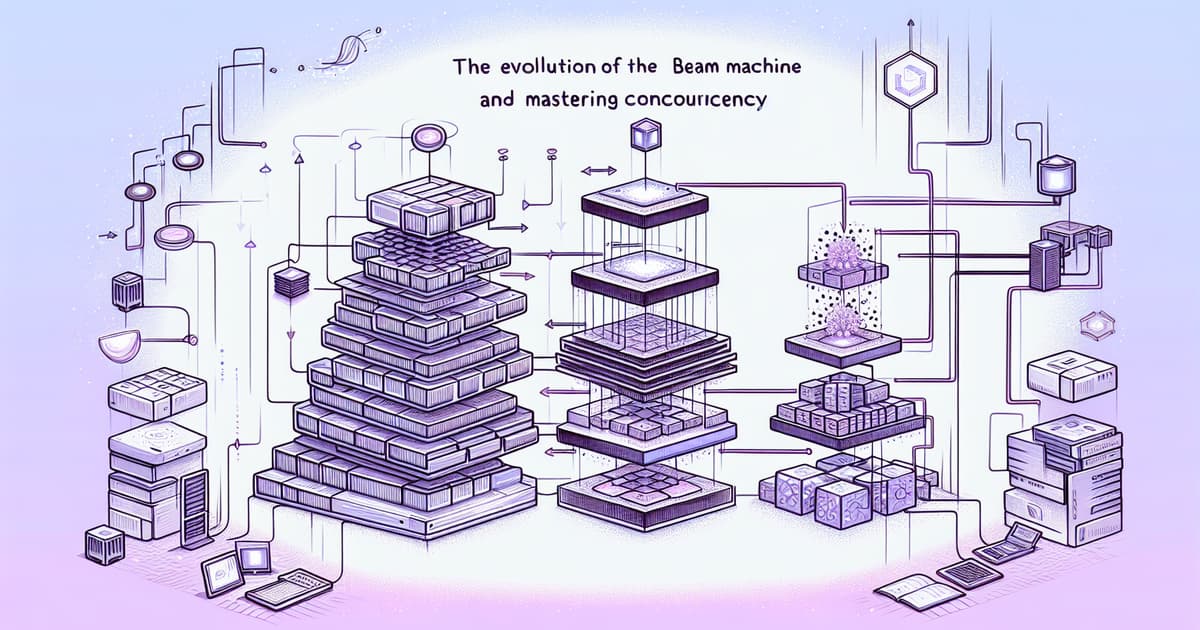
The Evolution of the BEAM Virtual Machine and Mastering Concurrency
Erik Stenman provides an overview of the BEAM virtual machine's 30-year evolution, highlighting its reliable concurrency model and how it shaped robust, fault-tolerant systems. He shares experiences from Klarna, showcasing BEAM's ability to support concurrent programming efficiently.
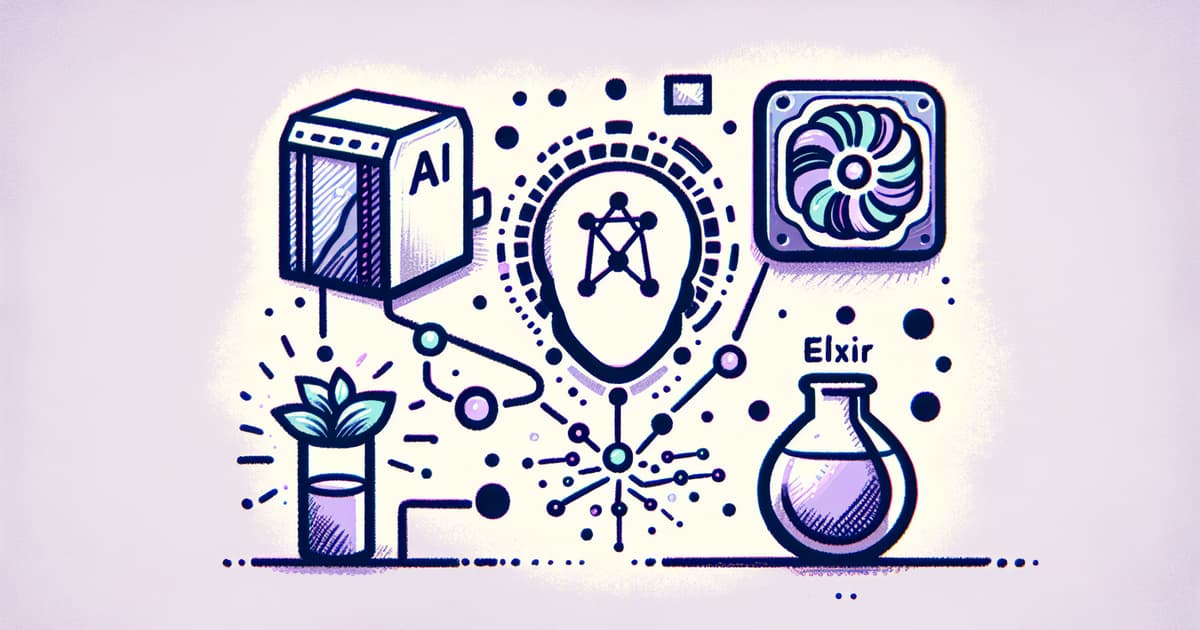
Utilizing Remote GPUs for AI with Elixir
This video tutorial explains why Elixir and the BEAM are well-suited for AI projects, particularly when scaling work across multiple machines. It demonstrates how to use Elixir's Livebook to connect to remote GPUs to optimize local AI tasks.

Insight into Erlang's Scheduler Functionality
Erlang is known for its fault tolerance and ability to handle high concurrency through an efficient scheduler. This article explores the details of the Erlang scheduler, which is instrumental in process management for the Erlang virtual machine (BEAM).

BEAM Languages in European University Academia
skwyckl is inquiring about universities in Europe that are involved in teaching and research involving BEAM languages, such as Erlang. They mention ELTE university in Budapest doing significant work with Erlang.

Growing BEAM Ecosystem Through Phoenix LiveView
Sophie DeBenedetto discusses the impact of Phoenix LiveView on broader adoption of the BEAM ecosystem.

Beam Radio Panel Discussion with Benjamin Milde
Beam Radio hosts a conversation with Benjamin Milde, also known as @lostkobrakai, to discuss various topics related to Elixir and functional programming.

Assessing Elixir and Cloudflare Workers for Managing Websockets at Scale
NotASithLord7 discusses choosing between Elixir and Cloudflare Workers for an application designed to maintain numerous parallel websocket connections with scalability in mind.

Discussion with Gleam Language Core Team
The BeamRadio episode features a discussion with Gleam's core team members Louis Pilford and Hayleigh Thompson.

Introduction of Labeling BEAM Processes for Improved Observability
Nathan Long discusses the introduction of a new feature in Erlang/OTP 27.0, which allows BEAM processes to be labeled for enhanced observability in Elixir applications.

Elixir and Erlang Community Contributions and Diversity
Adolfo Neto hosts a podcast with Laura Castro, where she discusses her role at Universidade da Coruña, contributions to the BEAM community and the Erlang Ecosystem Foundation, her journey with Erlang and Elixir, and thoughts on gender diversity in computing and knowledge sharing.

The Suitability of LiveView for Responsive Web Applications
Author skwyckl is exploring if Phoenix LiveView is suitable for building a responsive web application for managing personal movable assets, especially for mobile browser compatibility.

Seeking Project Ideas for OTP Practice
lukivan8 is looking for project suggestions to practice the basics of OTP (Open Telecom Platform), with a focus on understanding concepts such as supervision trees and GenServers.

Invalidate Cache in Erlang Clusters Using Postgres WAL
Chase Granberry discusses how to effectively utilize the Postgres Write-Ahead Log (WAL) to invalidate cache within an Erlang cluster using Elixir and the BEAM virtual machine.

Exploring Erlang Tracing and an Elixir Library for Easier Usage
Lars Wikman presents on the capabilities of Erlang's tracing mechanisms and his own experimental Elixir library aimed at simplifying its use for Elixir developers.

Leveraging Technology for Fintech Success
This article discusses the crucial role that the underlying technology plays in enabling financial services success, highlighting how Erlang and Elixir are well-suited for the fintech industry.

Exploring Advanced Machine Learning with Elixir’s FLAME and Nx Libraries
Sean Moriarity discusses how the FLAME library and Nx are shaping the future of elastic workloads in machine learning, positioning themselves as an alternative to traditional serverless solutions.
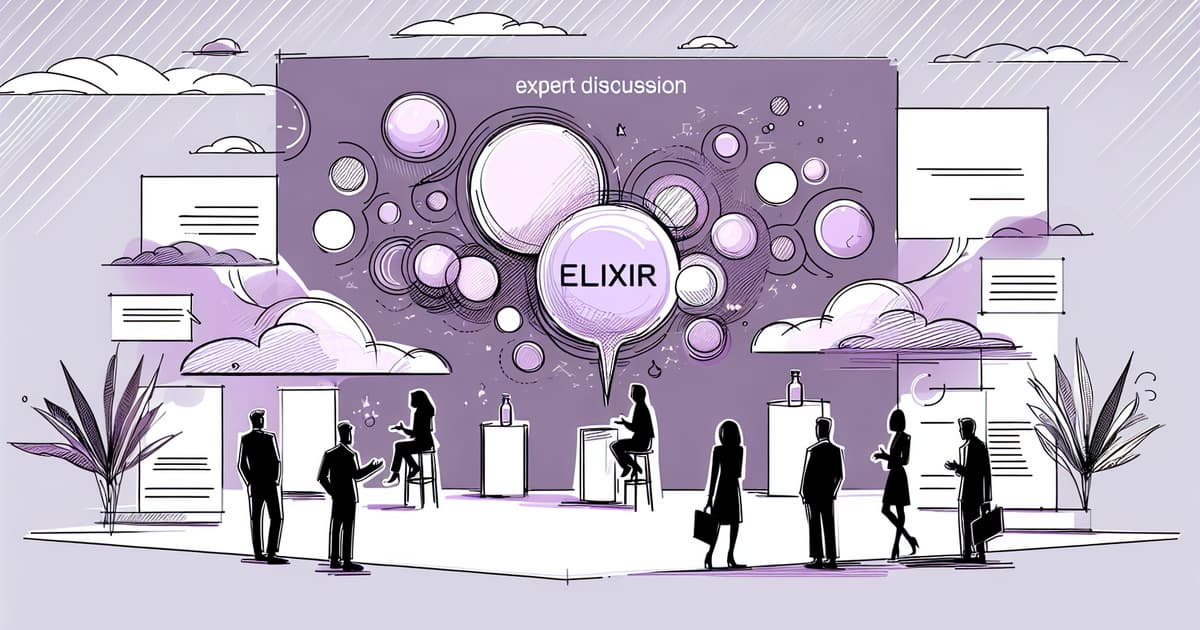
Expert Discussion Unpacking Elixir's Potential
Sophie DeBenedetto and Andrea Leopardi discuss the capabilities of Elixir, including web development with Phoenix LiveView and networking solutions on the BEAM platform.

Troubleshooting Elixir Performance on Multi-Core Systems
FundamentallyBouyant inquires about performance problems encountered on an Elixir cluster consisting of around 10 EC2 machines, each running numerous long-running GenServers and other processes, leading to high run queue lengths and spiking latencies despite low CPU usage.

Deep Dive into Erlang OTP with Ericsson Developers
In this episode of Beam Radio, the hosts engage with Ingela Anderton Andin and Kiko Fernandez-Reyes from the Erlang OTP team at Ericsson. They discuss the inner workings of the runtime, language, and standard libraries central to the Erlang ecosystem.

Implementing Asynchronous Telemetry in Elixir
Christian Alexander discusses how to implement asynchronous analytics tracking in Elixir applications using the Telemetry library and GenServer to improve performance and app responsiveness.

Compilation of BEAM Devroom Talks from FOSDEM 2024
Riccardo Binetti announced that all the talks from the BEAM Devroom at FOSDEM 2024 are now available, expressing gratitude to all the participants and presenters, and hopes to continue the event next year.

Tigris: A Global Key Value Database with S3-like Capabilities
Jason Stiebs discusses Tigris, a globally synced, S3-like key-value database built on Fly.io, and its potential applications.
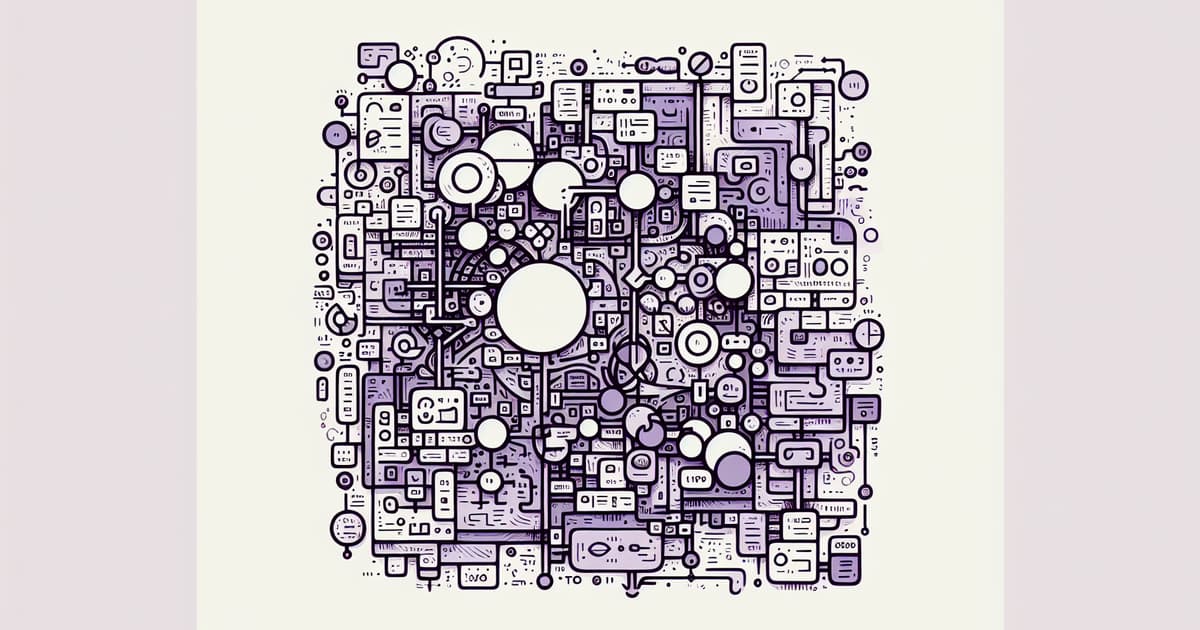
Understanding the High-Level Overview of OTP in Erlang
This article offers a comprehensive overview of the high-level aspects of the Erlang/OTP architecture and how it enables the development of stable and scalable systems.

Discussion on Real-Time Product Development Using Elixir and Phoenix
Filipe Cabaco, along with hosts Allen Wyma and Adi Iyengar, delve into the real-time product development at Supabase using Elixir and Phoenix channels, covering topics such as load testing, scalability, and Postgres optimizations.

Using Livebook for Remote Debugging Elixir Applications
Luca Dei Zotti discusses using Livebook for remote debugging in Elixir applications, specifically how to debug a remote Elixir instance using Livebook and the BEAM’s features.

Discussion with Brian Cardarella on LiveView Native
The Beam Radio panel engages in a conversation with Brian Cardarella, sharing insights about LiveView Native.

Leveraging BEAM for a Resilient, Load-Balanced Elixir App
definitive_solutions is exploring the process of building a distributed Elixir application to leverage the BEAM VM's capabilities for resilience and load-balancing. The author is considering the [fly.io](https://fly.io) hobby plan along with utilizing a personal server for more compute-intensive tasks.
© HashMerge 2025